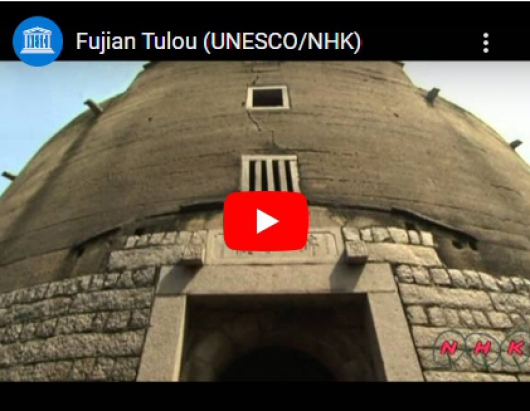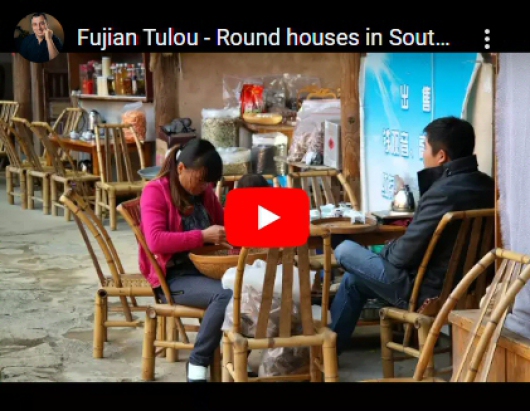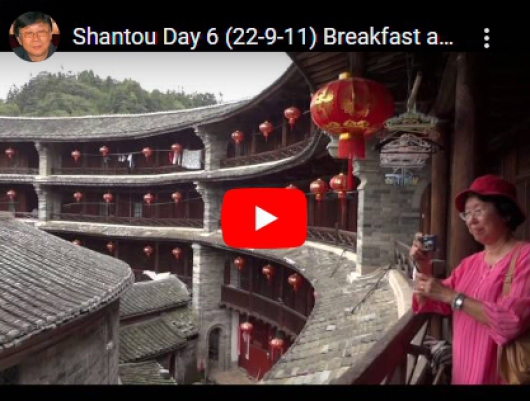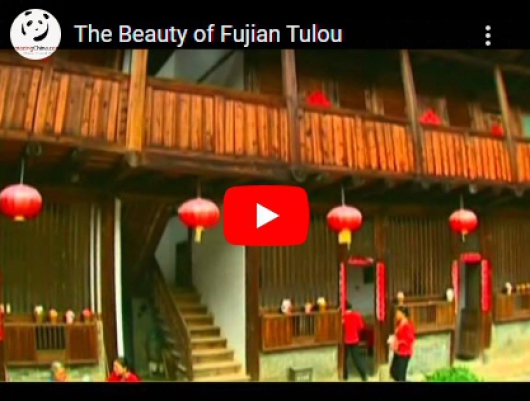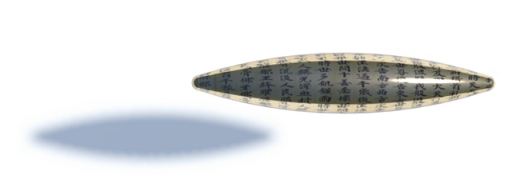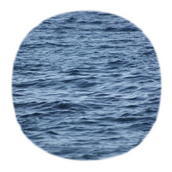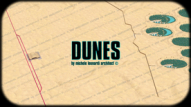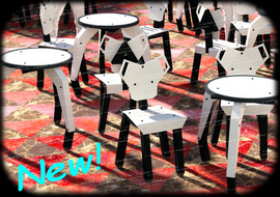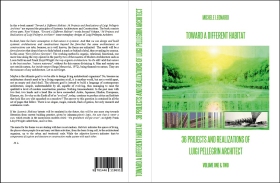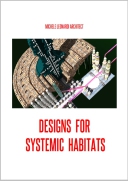Tulou
The traditional communal Hakka people residence
found in Fujian, in South China.
The Chuxi Tulou Cluster
Fujian Tulou
(UNESCO/NHK)
Fujian Tulou: Round houses in South China,
UNESCO World Heritage
UNESCO World Heritage Site:
The Yongding Fujian Tulou (Hakka Houses)
Shantou Day 6 (22-9-11): Breakfast and Tulou
福建土楼 振成楼
福建土樓 航拍
2016 Aerial Video of Fujian Tulou
《客家人有名堂》EP54:
海外特別企劃 -馬來西亞篇3
("Hakkas are famous")
The Beauty of Fujian Tulou
BIBLIOGRAPHY
John May and Anthony Reid: "Buildings without Architects: A Global Guide to Everyday Architecture", Press Limited-Rizzoli, 2000.
A wonderfully informative reference on vernacular styles, from adobe pueblos and Pennsylvania barns to Mongolian yurts and Indonesian stilt houses.
This small but comprehensive book documents the rich cultural past of vernacular building styles, from Irish sod houses to sub-Saharan wattle-and-daub huts and redwoods treehouses. It offers inspiration for home woodworking enthusiasts as well as architects, conservationists, and anyone interested in energy-efficient building and sustainability. The variety and ingenuity of the world’s vernacular building traditions are richly illustrated, and the materials and techniques are explored. With examples from every continent, the book documents the diverse methods people have used to create shelter from locally available natural materials, and shows the impressively handmade finished products through diagrams, cross-sections, and photographs. Unlike modern buildings that rely on industrially produced materials and specialized tools and techniques, the everyday architecture featured here represents a rapidly disappearing genre of handcrafted and beautifully composed structures that are irretrievably "of their place." These structures are the work of unsung and often anonymous builders that combine artistic beauty, practical form, and necessity.
UNESCO World Heritage: "Fujian Tulou".
Wikipedia: "Tulou".
Peter Harris: "The Travels of Marco Polo", Everyman's Library, 2008.
"Of all the travel sagas ever written, none is more richly astonishing than Marco Polo's Description of the World. It records a land of such fabulous difference that to enter it was like passing through a mirror; and it is this passage - from a still-provincial Europe to an empire of brilliant strangeness - which gives the tale even now a dream-like quality. Even in its day - and for generations afterwards - Polo's book was often regarded merely as the fairy-tale conceit of a vainglorious merchant. Only with time has its portrait of China at the height of the Mongol dynasty - a portrait rich in details which once seemed too outlandish to be believed - been largely corroborated."

